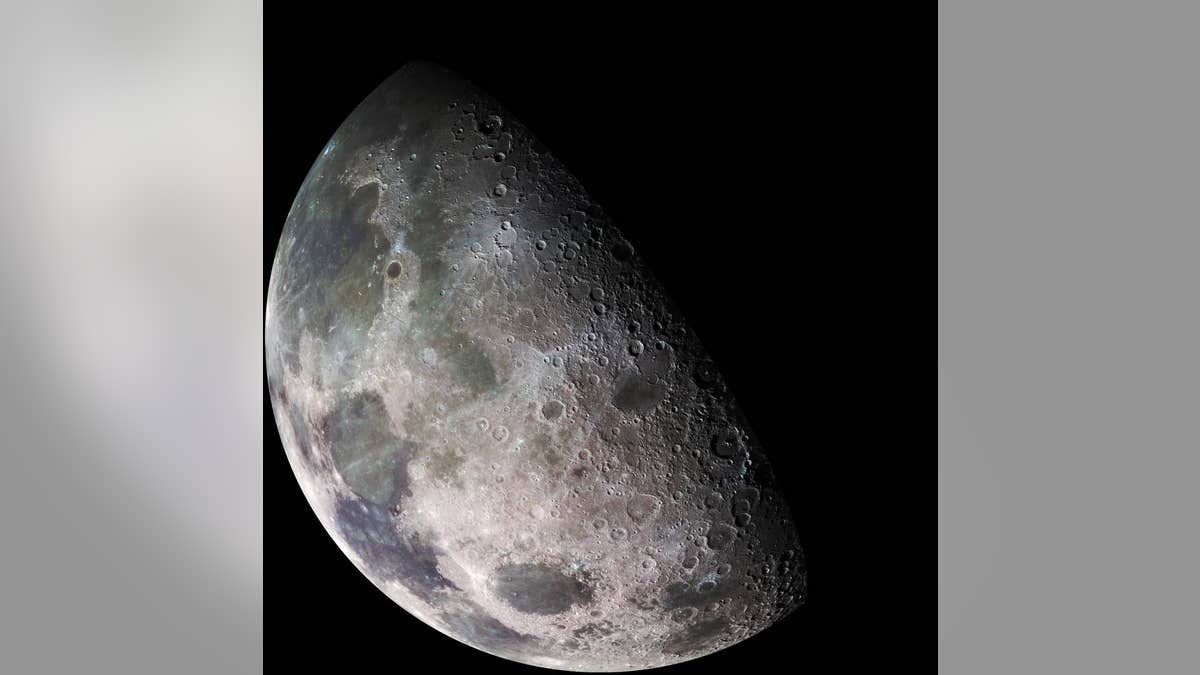
File photo - the Moon photographed in shadow. (NASA Goddard)
China is about to be the first nation to land on the dark side of the Moon. But Beijing is being unusually secretive about the event — not even confirming its suspected launch date this weekend.
China’s National Space Administration is believed to be targeting the robotic lander at the Von Karaman crater, near the Moon’s south pole. It’s judged to be the oldest impact crater in the entire Solar System, making it an ideal collecting ground for water ice and a rare hydrogen isotope carried on the Solar wind.
Both have the potential to power future interplanetary missions.
The lander, dubbed Chang’e-4 (Moon Goddess 4), will touch down inside the crater to survey its contents. It will also reportedly experiment on low-gravity plant growth.
For the mission to be possible, a communications satellite was launched earlier this year — in May — to relay its signals back to Earth. Part of Chang’e-4’s mission is to use the masking effect of the Moon’s bulk to block out radio ‘noise’ and listen for interstellar signals. It will test the clarity of telescope optics when out of the reach of the Earth’s ionosphere.
If launched this weekend, Chang’e-4 will likely touch down on the Moon’s surface on December 31.
China has focused its space efforts on the Moon since its space program was initiated in 2004. Two probes have been put in Lunar orbit, Chang’e-1 and 2. The Chang’e-3 lunar lander was the first since 1976.
Chang’e-4 is a precursor to another mission, Chang’e-5, which is scheduled to launch next year. It is designed to collect a sample of regolith (the Moon’s dusty surface) and return it to the Earth for analysis.
This story originally appeared in news.com.au.




















